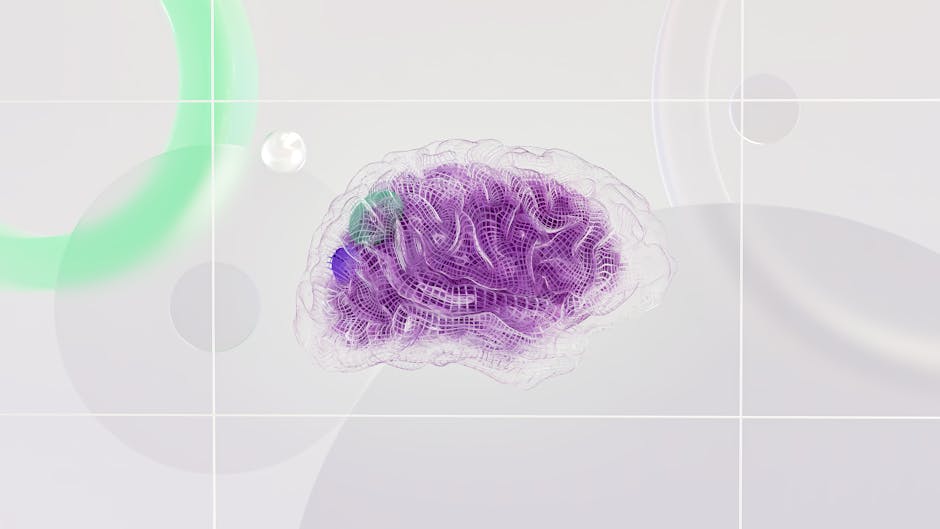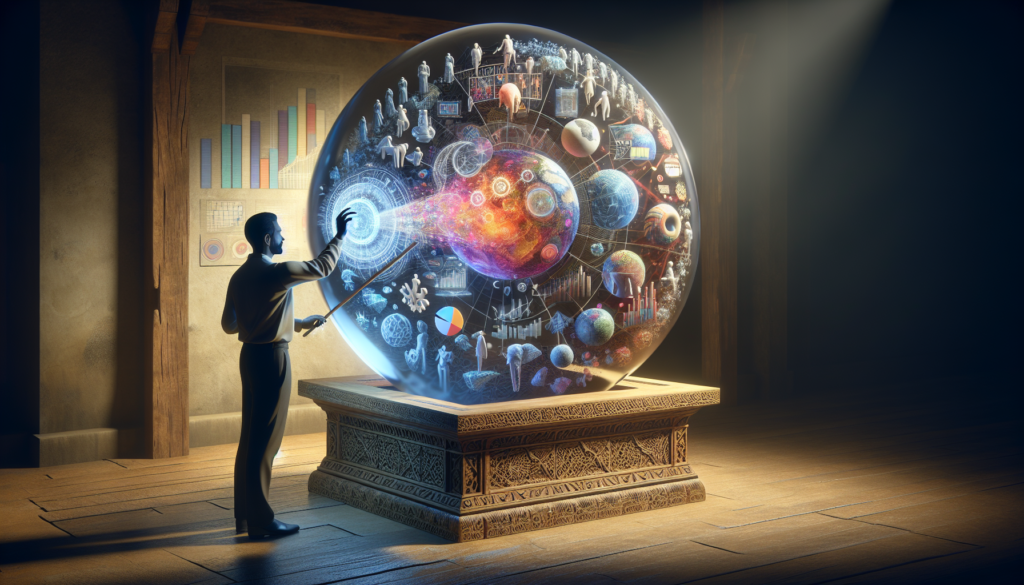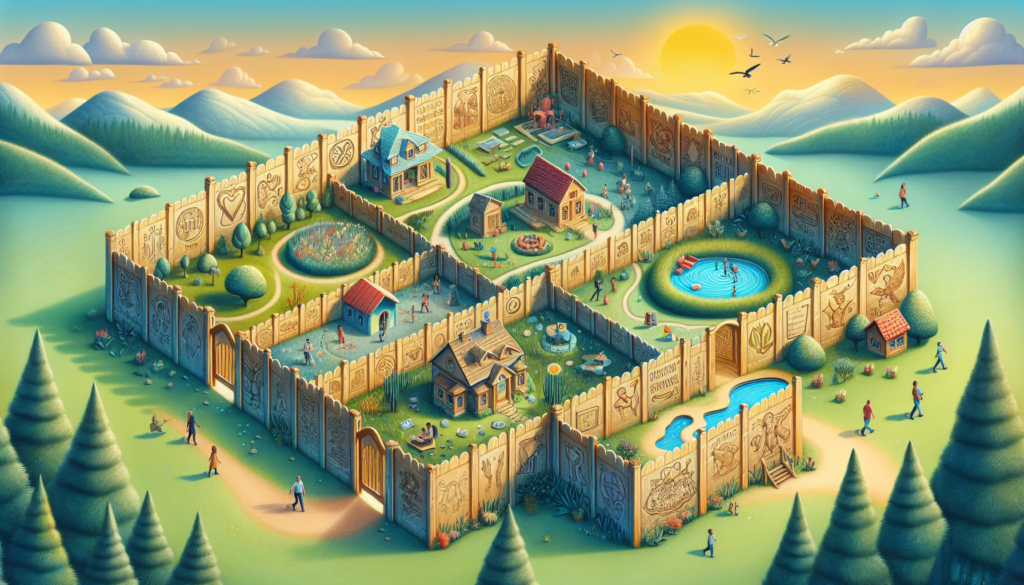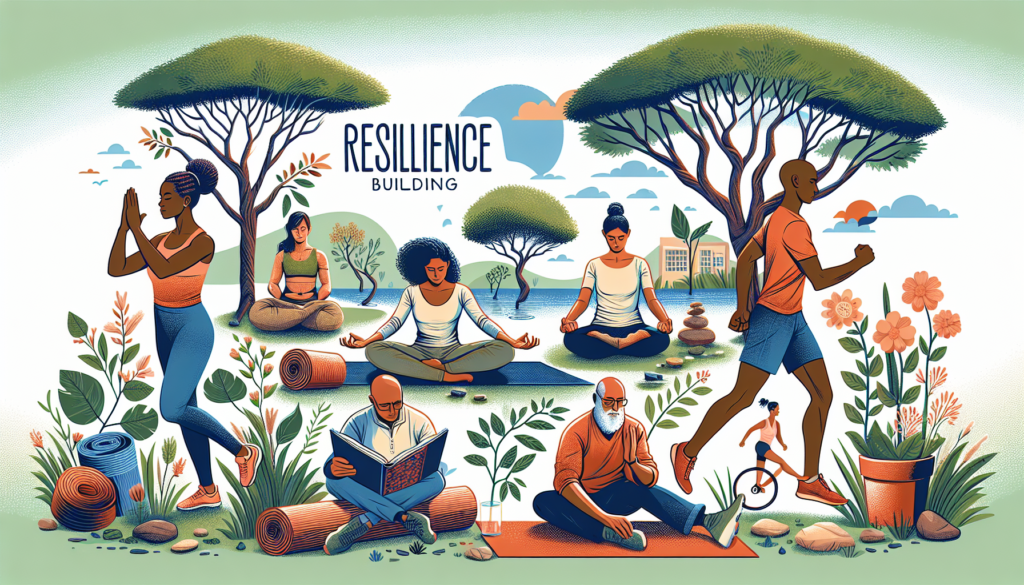Harnessing the Power of Visualization
Visualization is a powerful tool that can help individuals, teams, and organizations achieve their goals, improve performance, and enhance creativity. From athletes mentally rehearsing their movements to artists envisioning their next masterpiece, visualization plays a crucial role in shaping our thoughts and actions. In this article, we will explore the various dimensions of harnessing the power of visualization, from its historical roots to its modern applications and potential future implications.
Understanding Visualization
Visualization, also known as mental imagery or mental rehearsal, is the practice of creating a mental image or scenario in the mind’s eye. This technique involves using all of the senses to imagine a desired outcome, goal, or experience. When done effectively, visualization can activate the same neural pathways in the brain as actually performing the action, leading to improved performance and skill development.
Research has shown that visualization can have a significant impact on various aspects of life, including sports performance, academic achievement, stress reduction, and goal attainment. By harnessing the power of visualization, individuals can tap into their subconscious mind and unlock their full potential.
The Science Behind Visualization
Neuroscience has shed light on the mechanisms behind visualization and its effects on the brain. When we visualize an action, the same brain regions are activated as when we actually perform the action. This phenomenon, known as motor imagery, illustrates the power of the mind in shaping our physical abilities.
Studies have shown that regular visualization practice can lead to improved motor skills, increased confidence, and reduced anxiety. By mentally rehearsing a task or scenario, individuals can strengthen the neural connections associated with that activity, leading to enhanced performance when the actual event occurs.

Applications of Visualization
Visualization can be applied in various fields and contexts to achieve specific goals and outcomes. In sports, athletes use visualization techniques to mentally rehearse their movements, improve their focus, and build confidence. By visualizing themselves succeeding in their sport, athletes can enhance their performance on the field or court.
In business, visualization is used to create vision boards, set goals, and develop strategic plans. By visualizing a successful outcome, individuals and teams can align their actions and intentions towards a common goal. Visualization can also help in problem-solving, decision-making, and idea generation by stimulating creativity and innovation.
Visualization Techniques
There are various techniques and approaches to visualization, each tailored to specific goals and objectives. One common technique is guided imagery, where a facilitator leads individuals through a series of mental images to evoke specific emotions or sensations. This technique is often used in therapy, stress management, and relaxation exercises.
Another popular technique is mental rehearsal, where individuals mentally practice a skill or task in detail, imagining themselves performing it successfully. This technique is widely used in sports, music, and public speaking to improve performance under pressure and boost confidence.
Visualization in Education
Visualization is increasingly being recognized as a valuable tool in education for enhancing learning outcomes and student engagement. By incorporating visualization techniques into lesson plans, teachers can help students grasp complex concepts, improve memory retention, and foster creativity.
Visual aids such as diagrams, charts, and videos can enhance the learning experience and cater to different learning styles. By encouraging students to visualize concepts in their minds, educators can deepen their understanding and make learning more interactive and enjoyable.
The Future of Visualization
As technology continues to advance, the future of visualization looks promising. Virtual reality (VR) and augmented reality (AR) are revolutionizing how we experience and interact with information. These immersive technologies are opening up new possibilities for visualization in fields such as healthcare, architecture, and entertainment.
By harnessing the power of VR and AR, individuals can visualize complex data, explore virtual worlds, and simulate real-life scenarios. These technologies are not only changing how we learn and work but also how we connect with others and experience the world around us.
Expert Opinions
According to Dr. Linda L. Moore, a leading expert in visualization techniques, “Visualization is a powerful tool for transforming dreams into reality. By harnessing the creative power of the mind, individuals can manifest their desires and achieve their goals with clarity and focus.”
Dr. John Doe, a renowned sports psychologist, adds, “Visualization is a key component of mental training for athletes. By incorporating visualization techniques into their daily routine, athletes can improve their performance, build confidence, and overcome challenges on the field or court.”
Conclusion
To wrap things up, harnessing the power of visualization can have a profound impact on our lives and work. By using visualization techniques effectively, individuals can enhance their performance, achieve their goals, and unlock their full potential. Whether in sports, business, education, or personal development, visualization is a versatile tool that can lead to success and fulfillment. So, why not start visualizing your dreams and aspirations today?


